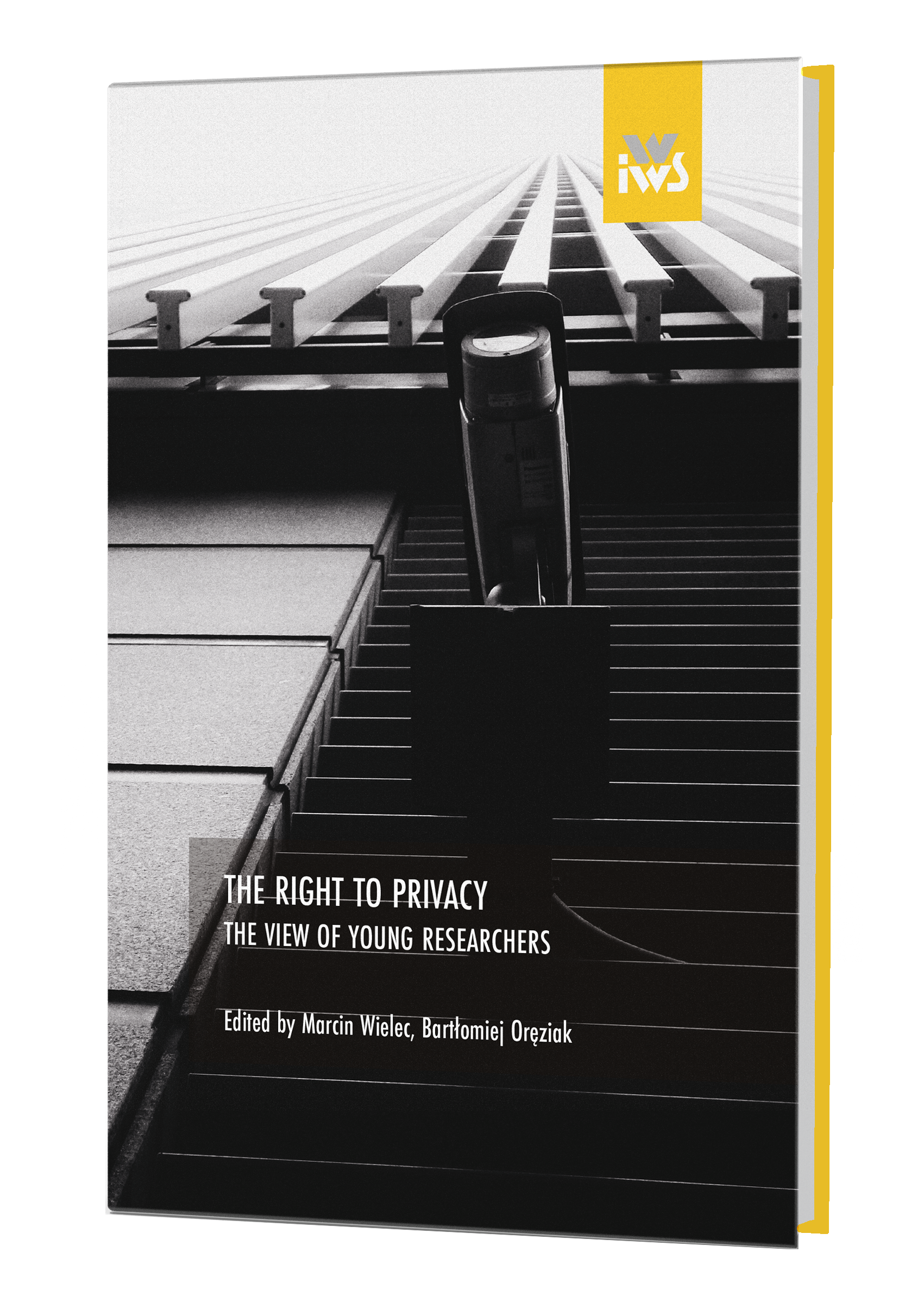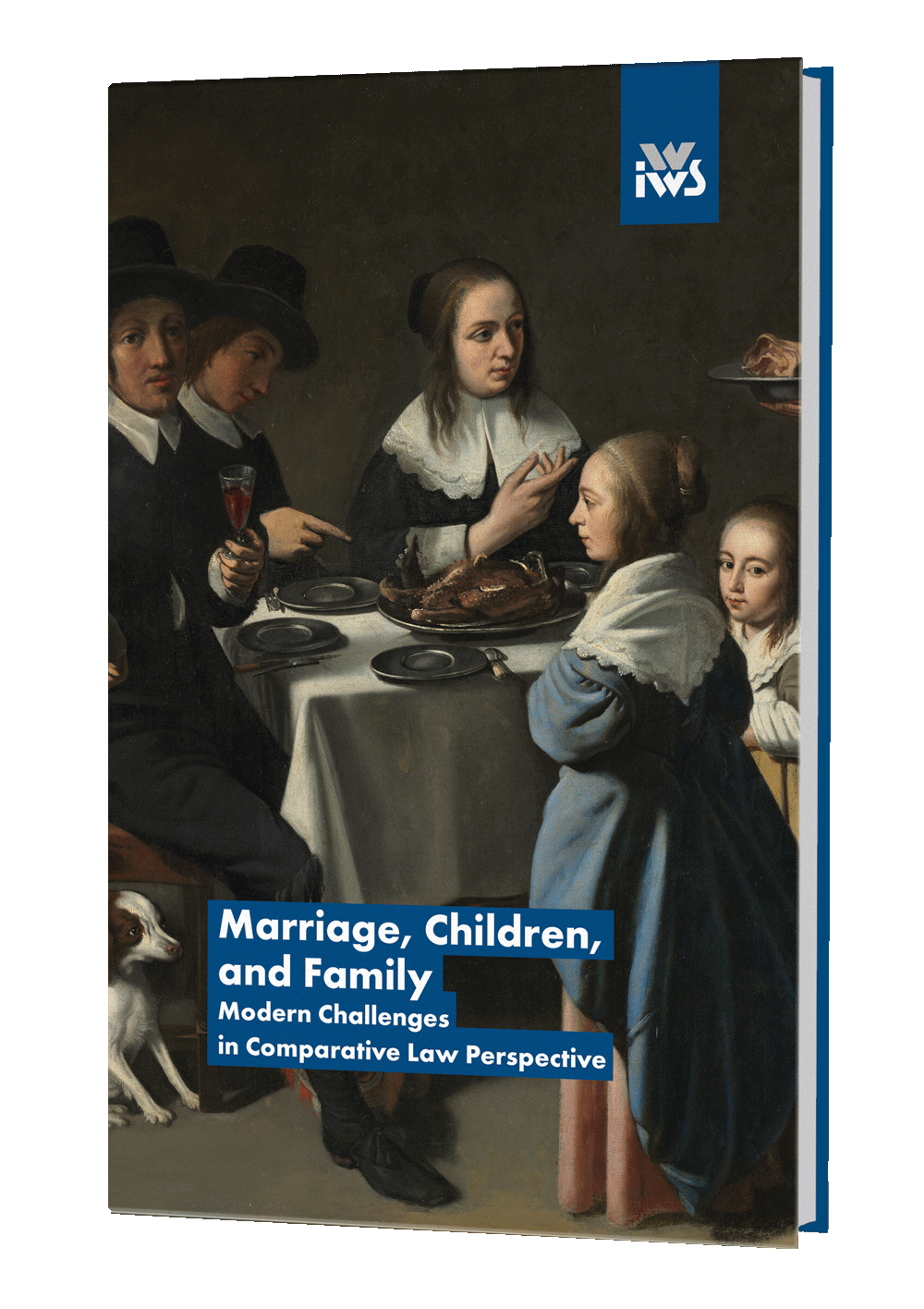Opis
The various chapters of the publication indicate the role, scope and essence of the right to privacy in the context of different branches of law and, in addition, how the right to privacy is interpreted in different legal systems. The book indicates the evolution of the interpretation of the right to privacy and the scope of the right to privacy in the
context of other human rights. The subject matter addressed is a topical research topic and will certainly find interest among researchers engaged in human rights analysis. The analyses made should become a contribution to an in-depth discussion on the scope of individual human rights.
From the reviews dr Katarzyny Pluty
The reader will have no problem understanding what the authors of this English-language publication wish to present. They are young researchers who use professional but understandable language. They are communicative and one can see that they care about connecting with and being understood by their audience. Most of them clearly emphasise the possibility of developing the issues presented. They indicate “what should be doneˮ to improve the quality of privacy protection. They would like to develop a form of the right to privacy that is acceptable to the legislator and the citizen. At present, this is a difficult, even breakneck problem. Are all the ideas of the young scientists suitable for implementation? Probably not, but it is important that they are there, that they have been worked out. The very definition of the right to privacy is valuable and diverse. A solidly constructed conceptual base is a good starting point.
From the reviews dr. hab. Andrzeja Szymańskiego, prof. ucz.[:pl]
Poszczególne rozdziały publikacji wskazują na rolę, zakres oraz istotę prawa do prywatności w kontekście różnych gałęzi prawa, a ponadto na sposób interpretacji prawa do prywatności w różnych systemach prawnych. W książce wskazano ewolucję interpretacji prawa do prywatności oraz zakresu jego obowiązywania w
kontekście innych praw człowieka. Poruszona tematyka jest aktualnym tematem badawczym i z pewnością znajdzie zainteresowanie wśród badaczy zajmujących się analizą praw człowieka. Dokonane analizy powinny stać się przyczynkiem do pogłębionej dyskusji nad zakresem poszczególnych praw człowieka.
Z recenzji dr Katarzyny Pluty
Czytelnik nie będzie miał problemu ze zrozumieniem tego, co pragną zaprezentować autorzy tej anglojęzycznej publikacji. Są oni młodymi naukowcami, którzy posługują się językiem fachowym, lecz zrozumiałym. Są komunikatywni, widać, że zależy im na tym, aby nawiązać kontakt z odbiorcą i zostać przez niego zrozumianymi. Większość z nich wyraźnie podkreśla możliwość rozwoju przedstawianej problematyki. Wskazują oni, „co należałoby zrobićˮ, aby poprawić jakość ochrony prywatności. Chcieliby wypracować akceptowalną dla ustawodawcy i obywatela formę prawa do prywatności. Obecnie to problem trudny, nawet karkołomny. Czy wszystkie pomysły młodych naukowców nadają się do zrealizowania? Zapewne nie, ale ważne, że są, że je wypracowano. Już samo definiowanie prawa do prywatności jest wartościowe i różnorodne. Solidnie zbudowana baza pojęciowa jest dobrym punktem wyjścia.
Z recenzji dr. hab. Andrzeja Szymańskiego, prof. ucz.






